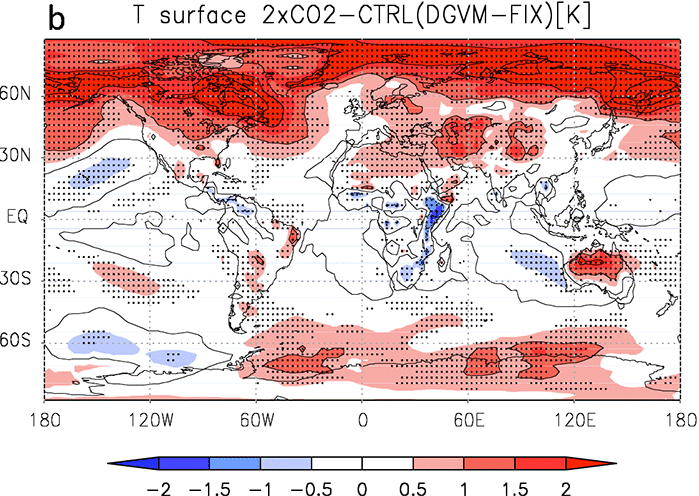Research Project (1)
Improvement of coupled general circulation models based on validations of Arctic climate reproducibility and on mechanism analyses of Arctic climate change and variability
Principal Investigator: Toru Nozawa (Okayama University)

Outline
By conducting the following three sub-themes, we are aiming at improving the reliability of future Arctic climate change projected by the coupled general circulation models.
The first sub-theme is the validation of the models' ability to reproduce the Arctic climate. By comparing the simulation results from coupled general circulation models with various observation data stored in the Arctic Data Archive of the GRENE Arctic Climate Change Research Project, we will make assessments on the reproducibility of mean climate states, natural variability, and long-term climate changes in the Arctic. We will also investigate the cause of biases in the coupled general circulation models to help reduce them.
The second sub-theme is to understand the mechanisms of Arctic climate variability and change, and to identify their causes. Based on analyses of changes in the atmospheric radiation, snow cover, permafrost, vegetation, sea ice, ice sheet, etc., from many different perspectives, we will acquire a better understanding of the Arctic warming amplification mechanism. Our analyses will involve a wide range of methods, including climate feedback analysis as well as multivariatestatistical analysis.
The third sub-theme is the development and improvement of component models in the coupled general circulation models. Utilizing the new findings and enhanced understanding acquired from the previous sub-themes, we will develop new, or improve existing, component models for snow cover, permafrost, sea ice, ice sheets, water isotopes, etc. which are important processes in the Arctic climate. Eventually, this will help make the coupled general circulation models more sophisticated and elaborated.
We will also closely collaborate with observational studies by, for example, constructing a new observational data set to validate the simulation results of coupled general circulation models. Through this kind of collaboration between modelling and observational studies, we are aiming to contribute to the achievement of strategic research targets ①Understanding the mechanism of warming amplification in the Arctic, and ②Understanding the Arctic system for global climate and future change.

Example of climate feedback analysis . Changes in vegetation enhance the warming
in the Arctic by around 20% through changes in snow cover and sea ice.
(Source: Ryouta O'ishi, The University of Tokyo)

